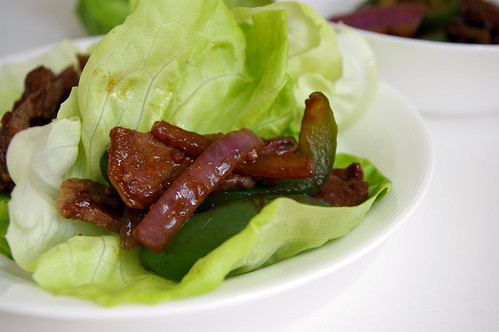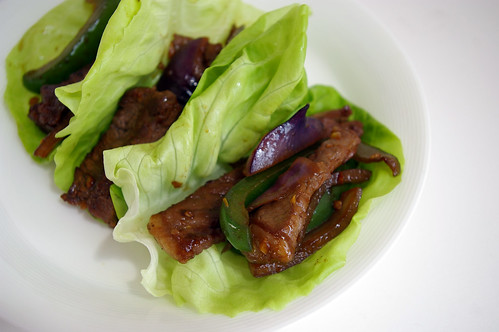Chocolate Heart.
That’s my grandfather’s nickname for me.
He bestowed it on me the first day I drew breath, after opening the first window on an advent calendar and finding a little heart-shaped chocolate behind the perforated cardboard. He didn’t use it often, though always on my birthday, scrawling it in his deeply slanted handwriting on cards, exclaiming it lovingly when I called to thank him.
It’s a special nickname, a personal story between the two of us; other family members rarely use it.
We are not a family for rituals, but hearing him call me Chocolate Heart each year was one I looked forward to. As was the phone call I made to him each Remembrance Day when I would thank him for coming home from the war. It started back in 1996 when I was working a co-op term for the Peace River Block Daily News in Dawson Creek. There, Remembrance Day took on an importance I hadn’t seen in the cities I lived in. Each year, the newspaper put together a special section dedicated to sharing stories of the veterans who called the northern B.C. town home. That winter, we wrote the stories of war brides who had married Canadian soldiers and returned with them after the war to Canada, settling in the then-small community with no sidewalks and dirt roads. Touched by their stories and recognizing how important the act of remembering those who did not make their way home was for those who lived there, I went to the Remembrance Day ceremonies. And when I got back home that afternoon, I called Papa.
If he had not come home, I would not be here.
This day last year was the last time I heard his voice. This year, there is no phone call.
Two weeks after we chatted, he passed away unexpectedly in his little cabin on the parcel of land overlooking the waters of Active Pass and the stand of soaring Fir trees he refused to chop down, despite them blocking much of the view. It was two days before my birthday and among all the things I mourned about losing him was the fact I wouldn’t hear him call me Chocolate Heart one more time.
This is the man who nurtured in me a passion for good food and wine, who introduced me to prosciutto and Riesling, who shared his love for cooking with a little girl who loved to be in the kitchen with him. Somewhere there’s a photo of the two of us leaning over a pasta rack, fresh noodles dangling from the sticks as we grin behind them, proud of our efforts and patiently waiting until we could eat them.
JASMacdonald. Untitled, year unknown.An artist and former art instructor at UBC, he showed me the beauty of art and how to appreciate it, even though his skills and talents didn’t travel through the mess of genes to me. He taught me how to catch fish by jigging over the side of a row boat bobbing in the waves from the BC Ferries as they slid through the pass between Galiano Island and Mayne. In his studio’s makeshift kitchen, at a counter made of a length of plywood on sawhorses, he showed me how to make pesto from the basil he grew in his greenhouse. We’d eat it on bread with cheese, looking out through the Fir trees to the blue water, listening to jazz.
He dreaded Remembrance Day, refused to go the legion for any ceremony, choosing instead to stay at home and drink tumblers of wine while watching the birds flit around the feeders he kept filled and past them down the steep grassy slope to the ocean. It was a reminder of friends he lost during the war and those he had served with who had died in the intervening years. But he liked the phone call. And so did I.
Sometimes I could persuade him to share stories of his time overseas. He didn’t linger on the atrocities of war, of those fellow soldiers he lost. Instead, with his trademark chuckle, he’d weave tales about his misadventures and mishaps as a navigator. Like how he convinced his superior officers that he didn’t know how to swim — a key skill when one is threatened with the chance of being shot down over water — and was ordered to learn, which meant he spent afternoons in a heated pool learning the basics of front crawl (“Which is the easiest to learn?” he’d asked before demanding he only learn that one stroke.) while the other soldiers ran drills outside.
From the time I was young, I heard the stories of how he was shot down while on a bombing mission to Stuttgart. Hearing the tales before I was old enough to fully understand the dangers he was in made his funny anecdotes more amusing than scary. Half the crew was killed when the plane went down. He had parachuted to safety and spent three days wandering the French countryside, hiding in barns and haystacks, eating raw eggs and mulled wine before he was connected to the French underground and smuggled into Switzerland. The northeastern corner of France was occupied at the time and it was only by chance he was not discovered. He never focused on that part of it, instead spinning stories about how his cover was that he was ‘Jacques’ a deaf-dumb gardener because he had no aptitude for language and if he spoke, he would immediately be identified as a Canadian. “Which was dumb,” he would later say, “because if anyone made a loud noise near me, I’d turn around.”
He broke the rules of internment in Switzerland, reaching out to his wife back in Vancouver with their baby daughter to say he was alright, even as she was receiving telegrams to report he was missing in action. And when boredom in Bern reached a fever pitch, he and a few other soldiers smuggled themselves back into France and down to the coast to try to get back to England.
The upside of all those boring days was he wrote everything down; I have one of those journals, his words written out in his signature slanted handwriting, as well as a typed version of his story. So those stories won’t be lost, at least. It’s the stories I didn’t get to hear that make me wish for one more day at his side with a tumbler of wine and the sound of his voice.
He leaves a legacy, though. It is in the food I make and the skills I learned at his side. It’s in my love of Italian food and a good Gewurztraminer.
I miss him dearly.
In the days just after he passed, I wanted to make something that would connect us in some way. I can’t make Fettuccine con Piselli e Prosciutto without thinking of him. (That post is also about him.) Nor Pasta Carbonara. But I remembered all the times we also made Sweet Braised Peppers from his favourite cookbook by Umberto Menghi and I knew that was the perfect way to honour his memory. It’s one of the first things I remember making with him. It’s also the first time I learned you can’t touch your eyes after touching a hot pepper — a lesson that had my grandfather making me lay on the couch with a cold, wet facecloth over my eyes. Why he was using hot peppers, which the recipe doesn’t call for, remains a mystery to me.
So, in my grief, I chopped peppers and made a tomato sauce and ate it all with crusty, buttered bread that I used to swipe the last of the sauce from my bowl. And I know he would have been nodding his head in enjoyment and telling me I should just eat a little more.
Peperonata (Braised Sweet Peppers)
From The Umberto Menghi Cookbook.
- 1 tablespoon olive oil
- 1 medium red pepper, quartered
- 1 medium green pepper, quartered
- 1 small onion, diced large
- Salt (to taste)
- Freshly ground pepper (to taste)
- 1 clove garlic, finely chopped
- 1/3 cup tomato sauce
- 1/4 cup Parmesan cheese, coarsely grated
Preheat oven to 400F.
Saute peppers and onion sin oil in a skillet on medium heat for 4 to 5 minutes.
Season with salt and pepper.
Put peppers and onion in a casserole dish. Sprinkle garlic on top of peppers and onion. Pour tomato sauce over peppers, onion and garlic. Sprinkle Parmesan cheese on top of peppers, on, garlic and tomato sauce. Put casserole dish, uncovered, in oven and bake at 400F for 15 minutes.
Serves 2.



